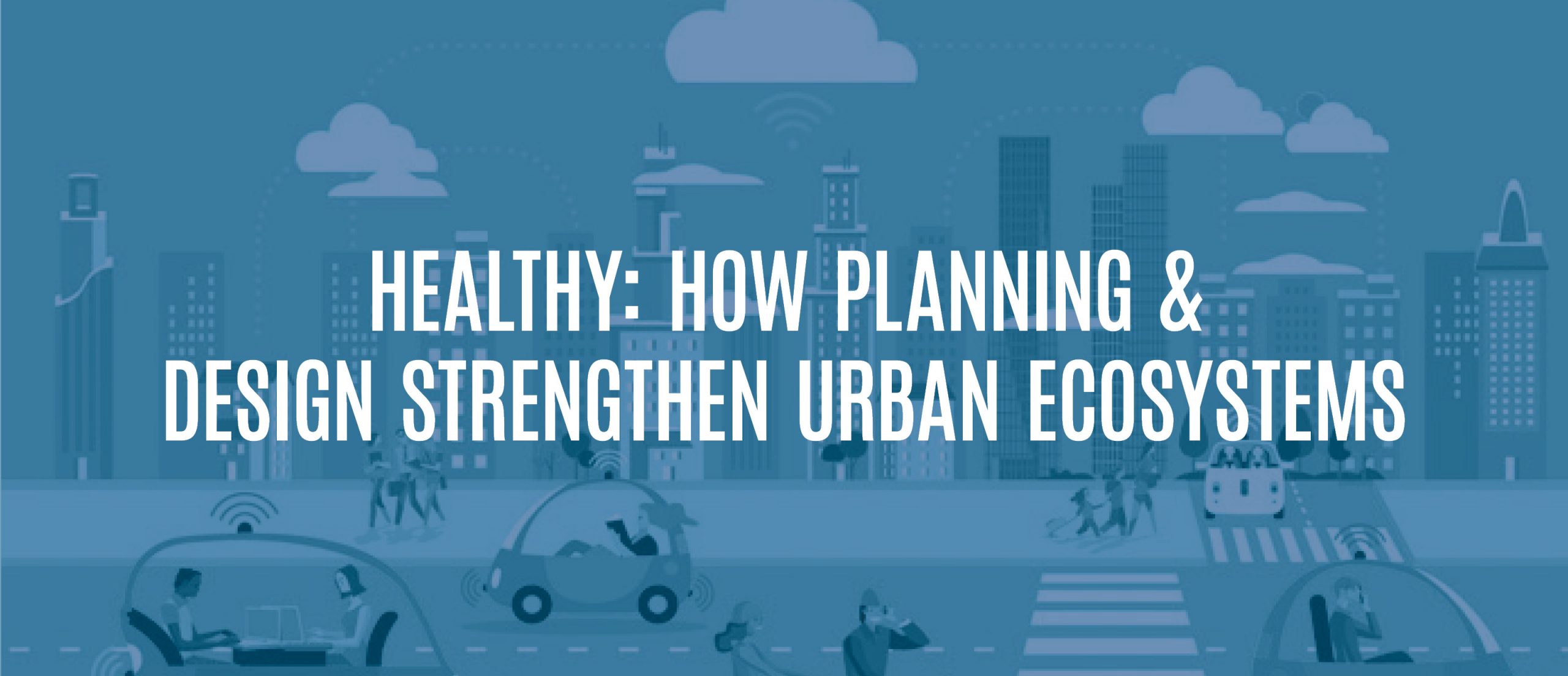
The next time you leave your office, take an extra glance at the parking stalls.
They’re one of the most ubiquitous facets of infrastructure in any city and, thanks to the prioritization (and, to be fair, a general preference) for car ownership, they also play an integral and effective role in the lives of the more than 86% of American drivers. *
Integral and effective, certainly. But what about efficient?
Faced with growing demands from increases in population, shifts in consumer behavior, and disruptions from new technology, the efficiency of parking—as both a service and an industry—is constantly put to the test. And it doesn’t always pass.
A stain on the industry’s reputation? Not by far. Like uncertainty, inefficiency is an opportunity to evolve. Luckily for our industry, there’s no shortage of such opportunities.
TECH INTEGRATION
It’s the elephant in the room. While mobile has been adopted throughout almost all other industries, parking has generally stuck to the “If you build it, they will come” approach and accepting the inefficiencies that follow.
One of the most staggering results of these inefficiencies is the 30% of urban congestion caused by spot hunting.
Can mobile apps really solve mobility woes? A few are certainly trying to.
“In a perfect world, [drivers] would not only know what spots are available at any given time, but also be able to compare the price, location and amenities of those available spots, to find the one that suits them best,” explains Aashish Dalal, co-founder of ParkWhiz.
ParkWhiz uses data from participating garages, allowing drivers to seek garages that suit them. It’s great for parking structures, but the greatest opportunity for combating cruising-congestion comes from applying the same approach to on-street parking.
This is easier said than done. “Creating the ‘right’ on-street parking solution may require a significant capital investment to support the infrastructure and sales process to successfully integrate at scale,” Dalal confides.
A significant investment? Perhaps. But still slight, compared to the $73 billion that searching for parking costs Americans every year. Between smartphones, connected cars, and street sensors, the technology is there—it’s just waiting to be integrated.
PARKING OCCUPANCY
Tech integration won’t be the industry’s single saving grace.
Solving urban parking inefficiencies also requires some undoing of old ways. Fully optimized parking is, of course, a case-by-case approach, but there are universal solutions that cities and private entities can follow to find a happy balance of supply and demand.
Parking minimums have created a surplus of stalls, even in residential complexes, which equates to unreturned expenses for the stalls’ owner. Looking at one of the country’s fastest-growing cities, Sightline Institute found that 37% of parking spaces in Seattle apartment complexes regularly go unoccupied. Yet, residents (even those without cars) inescapably pay for all the stalls, regardless of use—to the tune of about 15% the price of rent.
Reducing these minimums could help address high costs of living, as well as free up valuable development space for more units, green space, recreation areas, or other amenities that appeal to residents.
Addressing occupancy of on-street stalls, most high-density cities stand to benefit from eliminating free parking along heavily trafficked streets, then optimizing the curb for the most in-demand uses. Think public transit or TNC lanes, valet services, or extended pedestrian zones.
Industry experts on both the private and public sides agree that curb transformation and a reduction in parking minimums will significantly redirect parking-related traffic away from popular arteries, freeing up lanes and reducing harmful emissions.
CUSTOMER SERVICE
In the same way that integrated tech can help reduce congestion by streamlining commutes, adopting user-friendly technology can finetune customer service, elevating consumer experiences.
Back when cash was king, was there anything more unnecessarily frustrating than a vending machine spitting back your dollar bill? Honestly… George Washington never looked so smug.
Today, there are no shortage of payment methods available to consumers. But most parking facilities (private or public) have been reluctant to adopt them. Beyond cash and plastic, digital methods such as Apple Pay, Google Pay, and payment apps allow customers to purchase parking with a few thumb-swipes—something newer generations widely expect. This isn’t a Tomorrowland thing, or even a tomorrow thing—it should be standard across our industry today.
Thinking outside the payment-method box, we’ve found that introducing memberships and monthly stall rentals to successfully attract and retain customers for our clients looking to raise the bar on service. For instance, license plate scanners in Las Vegas allow casino members to park for free, thus increasing the appeal of membership packages for some of Sin City’s favorite casinos.
FINAL THOUGHTS
Parking is a business and, as with any business, tackling inefficiencies is a constant task; new ones arise with each shift in technology, consumer behavior, policy, and most every other variance. However, the data is there to show that proactively addressing these opportunities-in-disguise can lead to significant benefits in productivity and profits alike. Solving these inefficiencies may indeed take new technology and new approaches. But it will also take our industry higher.
